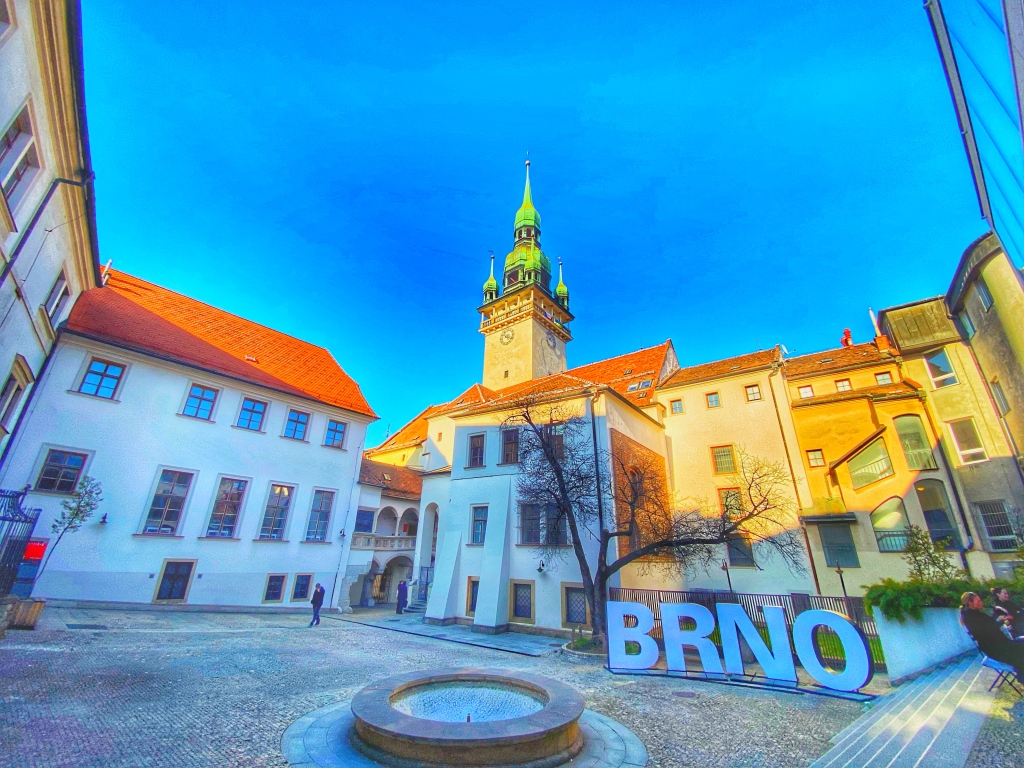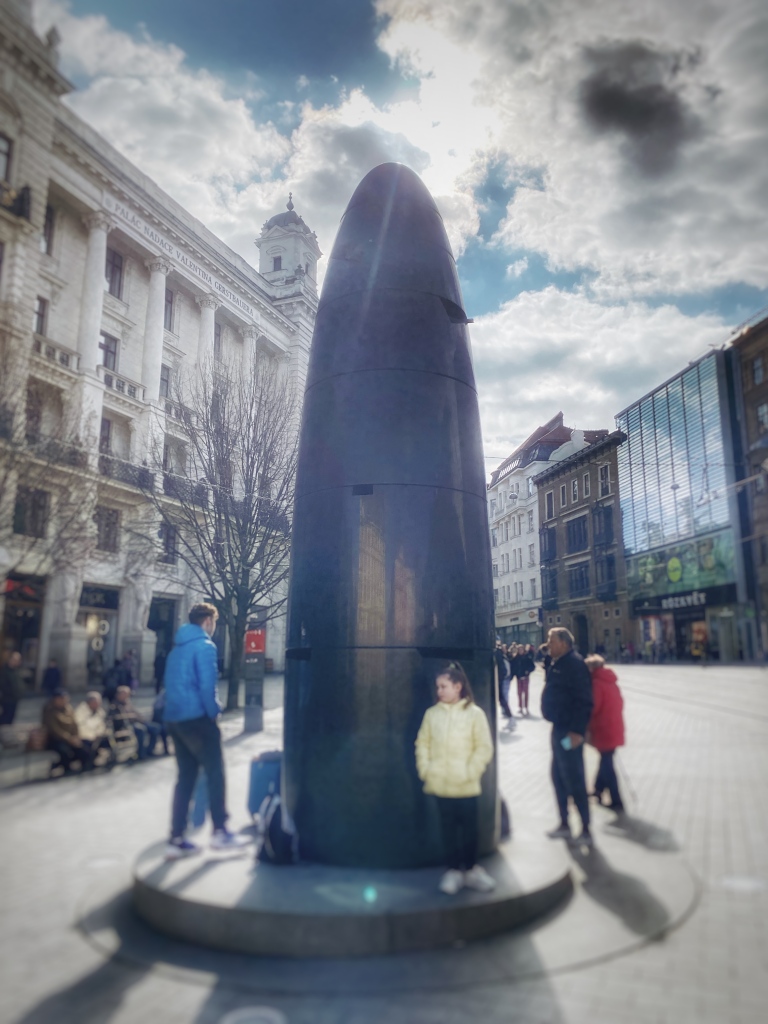It felt so good to be arriving back in Czechia by train. Admittedly, this was a much shorter journey than last year’s overnight trip.
Having travelled around much of Europe’s unsung gem, one thing I haven’t done too much of was visit its cities. Prague repeatedly draws you in through its transport connections if nothing else. But what of the country’s second city? One of the aspects of Czechia I love the most is its subtle love for the absurd and fantastical. Brno was a short train ride from Vienna, so I thought it was worth a quick visit.
I arrived around 10.30am, 30 minutes before ‘Brno noon’. Classic Czechia! While pleasingly quirky, Brno noon’s origins are rooted in history and the siege inflicted on the city by the Swedes during the 30 Years War in the 16th century. The invading Scandinavians had tried unsuccessfully to claim the city so put a deadline on their efforts – noon the following day. Word got through to the besieged Brňans who cannily got their cathedral bells to ring for noon at 11am. The Swedes packed up and left an hour early. It seems a strange way of admitting defeat, but I guess medieval Scandinavians were honourable raiders.
This unusual moment is honoured in an equally unexpected manner. A six-metre-tall polished, black stone, bullet-shaped object appears partially submerged in Brno’s main square. It’s an astronomical clock, but the people gathering round it today weren’t trying to tell the time – they knew it was approaching Brno noon. They had come to win a ball. Of course they had. At 11am each day, a glass ball is released by a mechanism and falls down the interior chutes, coming out in one of four holes. An old man, two young children and a group of teens were eagerly waiting on the day I was there. To their delight, the teens won and were congratulated by the old man.
On my way to my first point of interest, I passed the Church of St James. It was undergoing renovations, so the gargoyle showing its bum was covered up. A statue of Jobst of Moravia on his high horse was visible around the corner. I say ‘high horse’ because the horse has peculiarly long legs. While this negates the need for a plinth, some critics were not impressed with it because “horses don’t have such long legs”. Czechia really is a wonderful blend of the playful and pragmatic.
My walk eventually took me out of the historic centre and into the suburbs. Larger houses lined the quite roads in this leafy area and one building in particular steals focus. Vila Tugendhat was designed by world-famous architect Mies van der Rowe, the last director of the influential Bauhaus school of modernism. With stark white concrete walls and large wrap-around windows, it’s hard to believe the house was built in the late 1920s. Now listed as a UNESCO World Heritage site, Vila Tugendhat is a pioneering example of modernism and functionalism. You can pay to enter the house itself, but its lush grounds are free to wander round. A short circuit of the gardens provides wonderful views of the main attraction, this shining paragon of design, when style and creativity was at the centre of innovation.


It had already passed actual noon, so the pubs were open, and I was getting hungry. I spotted the oh-so familiar Pilsner Urquell sign and dived straight into the pub-restaurant attached. Having been attempting to speak German for a few days, my few words of Czech abandoned me. The waiter brought over an English menu, but I’d already seen what I would be eating. He seemed slightly shocked when I took a brief glimpse and responded quickly in hopefully acceptable Czech, “Moravský vrabec a velké pivo prosím!“ Mmm, Moravian sparrow and a large beer in Moravia. What could be better? Despite its name, there’s no sparrow involved. It’s roast pork with Czech bread dumplings, houskové knedlíky, and I love it.

The remainder of the day was spent casually strolling through picturesque streets, combining sightseeing with visits to appealing bars. The area around Zelný Trh was particularly fruitful on both counts. On one corner is the National Theatre, outside of which is a flighty sculpture of the young Mozart, who once visited as an 11-year-old to spend Christmas in this pretty city. Yes, that’s the connection.

A large-windowed modernist building opposite looks incongruous and slightly dull. However, Brno Market is another pleasing surprise. On the hard-to-reach second floor is an art space where local creatives were honouring Ukraine. There was also a well-stocked bottle shop with great views over the square. Underneath it is a fairytale square backing on to the historic Town Hall.

The cobblestone streets to the south of Zelný Trh are full of old-world charm. The Gothic cathedral dominates the skyline, while the pleasingly named Denis Gardens provided great views of the sunset.
My spirits lifted, I returned to the station for the train back to Vienna. Tomorrow would involve another border crossing.


